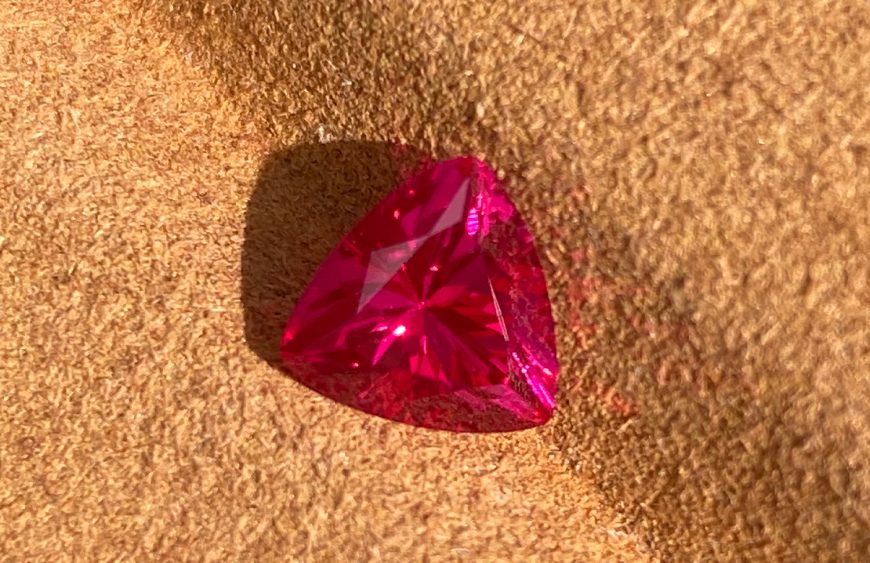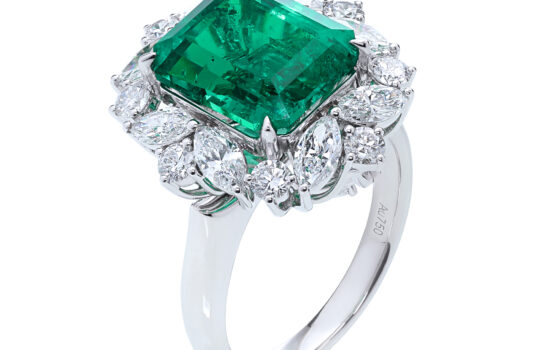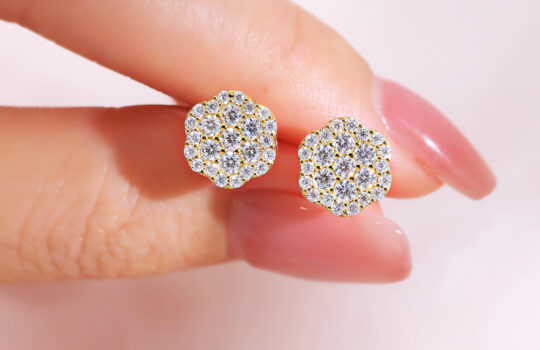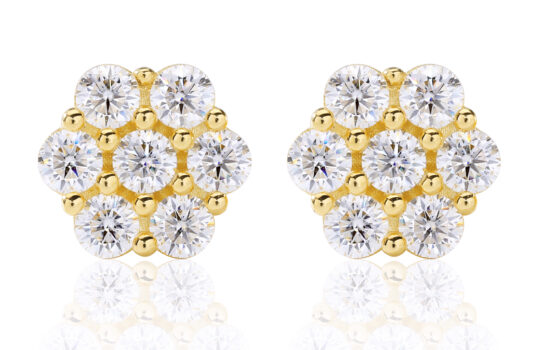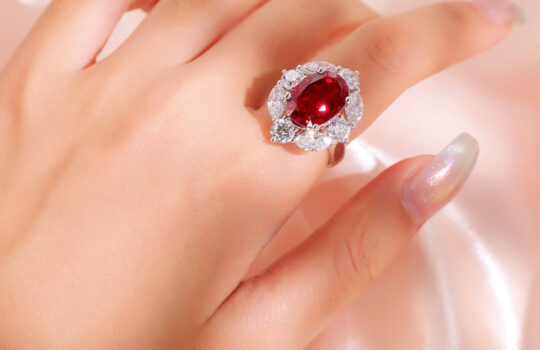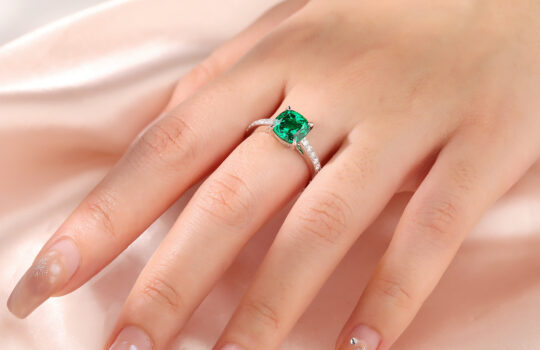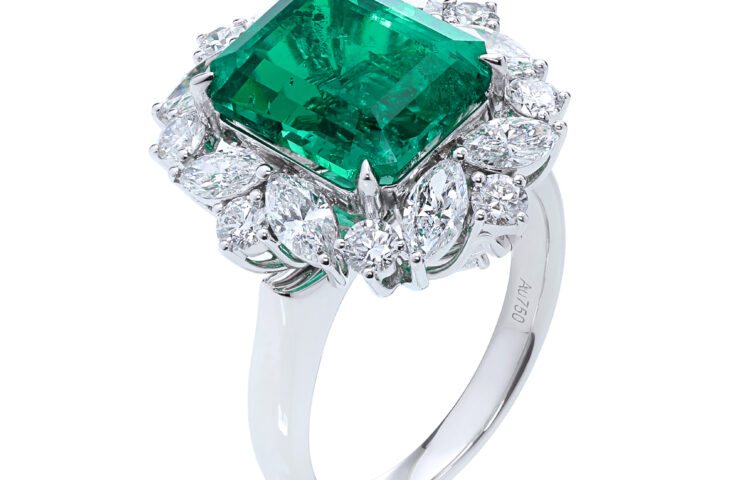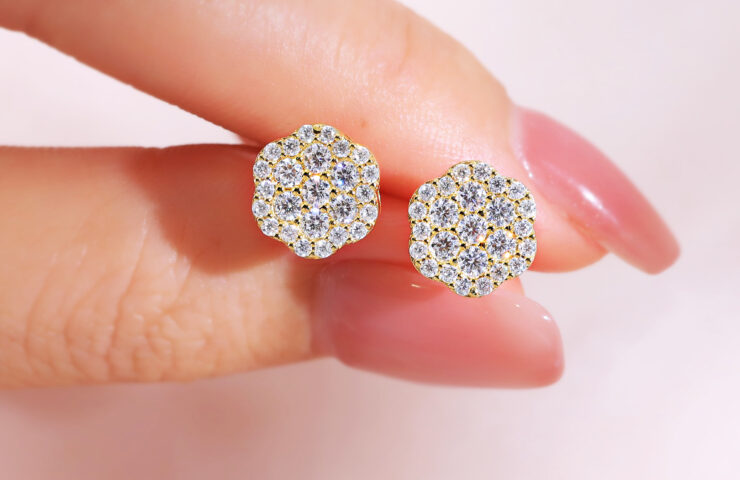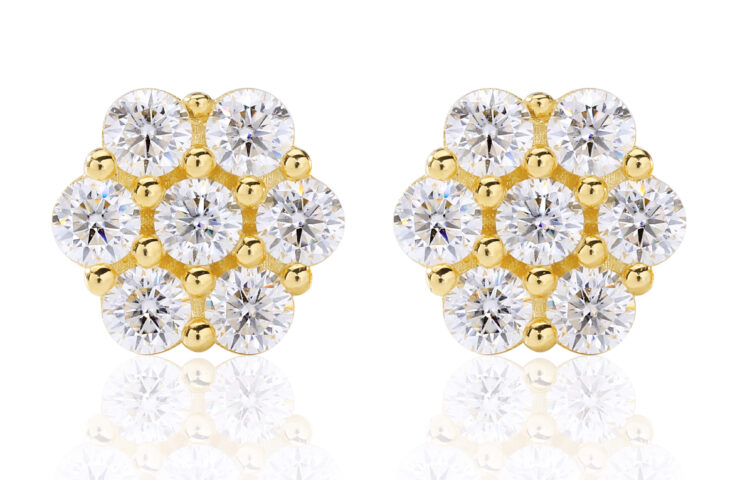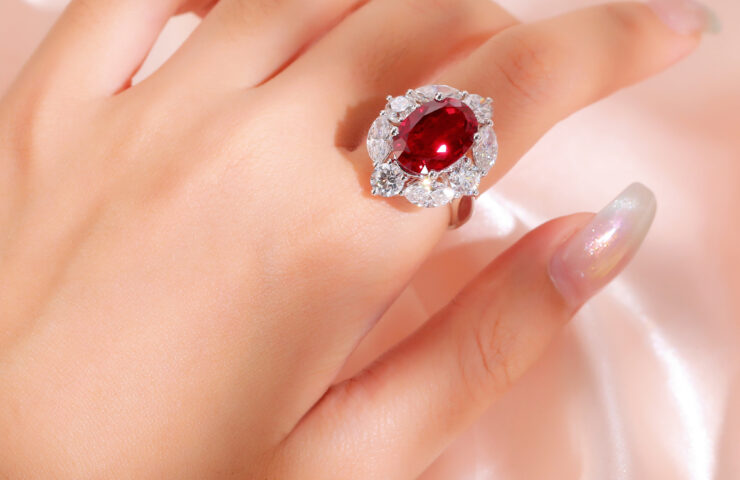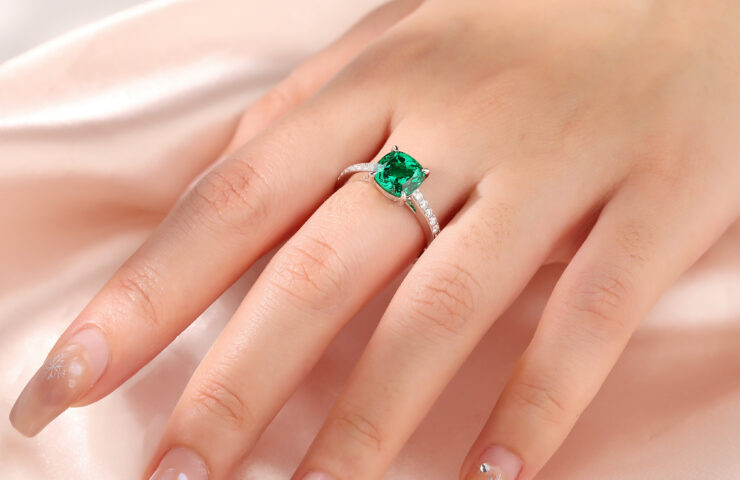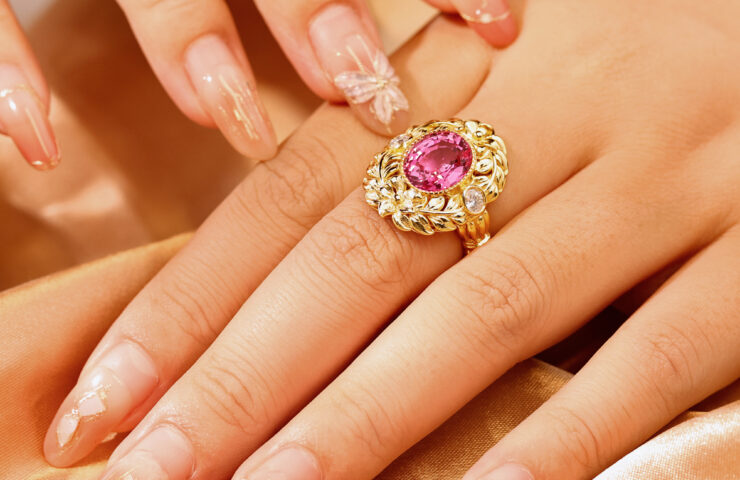What is the Difference Between Lab Grown and Mined Ruby?
As interest in sustainable and ethical jewelry grows, many consumers are exploring the differences between lab grown and mined rubies. Both types of rubies possess their own unique qualities, but understanding these distinctions can help you make informed choices when purchasing gemstones. Let’s delve into the key differences, benefits, and considerations for each type.
1. Origin and Creation
The most significant difference between lab grown and mined rubies lies in their origin. Mined rubies are formed naturally under the Earth’s crust over millions of years, primarily in regions like Myanmar and Thailand. In contrast, lab grown rubies are created in controlled environments using advanced technological methods, such as the hydrothermal process or flux growth. This means that while mined rubies have their unique geological stories, lab grown rubies can be produced in weeks with minimal environmental impact.
2. Quality and Clarity
Lab grown rubies typically exhibit fewer inclusions than their mined counterparts. The controlled creation process allows for consistent quality, often resulting in brighter, more vivid colors. Mined rubies can have visible imperfections, which may enhance their character for some collectors, but can also detract from their brilliance. If you prioritize clarity and color saturation, lab grown rubies may be the better option.

3. Cost Considerations
Price is often a significant factor when choosing between lab grown and mined rubies. Lab grown rubies are generally more affordable, costing up to 30-40% less than comparable mined rubies. This allows consumers to invest in larger stones or opt for higher quality without breaking the bank. Historical figures, such as Queen Elizabeth II, often wore mined rubies, which can fetch high prices due to their rarity and heritage.
4. Ethical and Environmental Impact
For eco-conscious consumers, lab grown rubies represent a sustainable choice. Mining can lead to significant environmental degradation and ethical concerns, including labor practices. By choosing lab grown stones, individuals can enjoy beautiful gemstones without contributing to these issues.
5. Consumer Perception
Some jewelry enthusiasts still prefer the allure of natural gems, viewing them as unique treasures with history. However, the perception of lab grown stones is evolving, with many consumers recognizing their beauty and ethical advantages. Historical context helps: just as many appreciated the value of cultured pearls in the 20th century, lab grown rubies are carving their niche in modern jewelry.
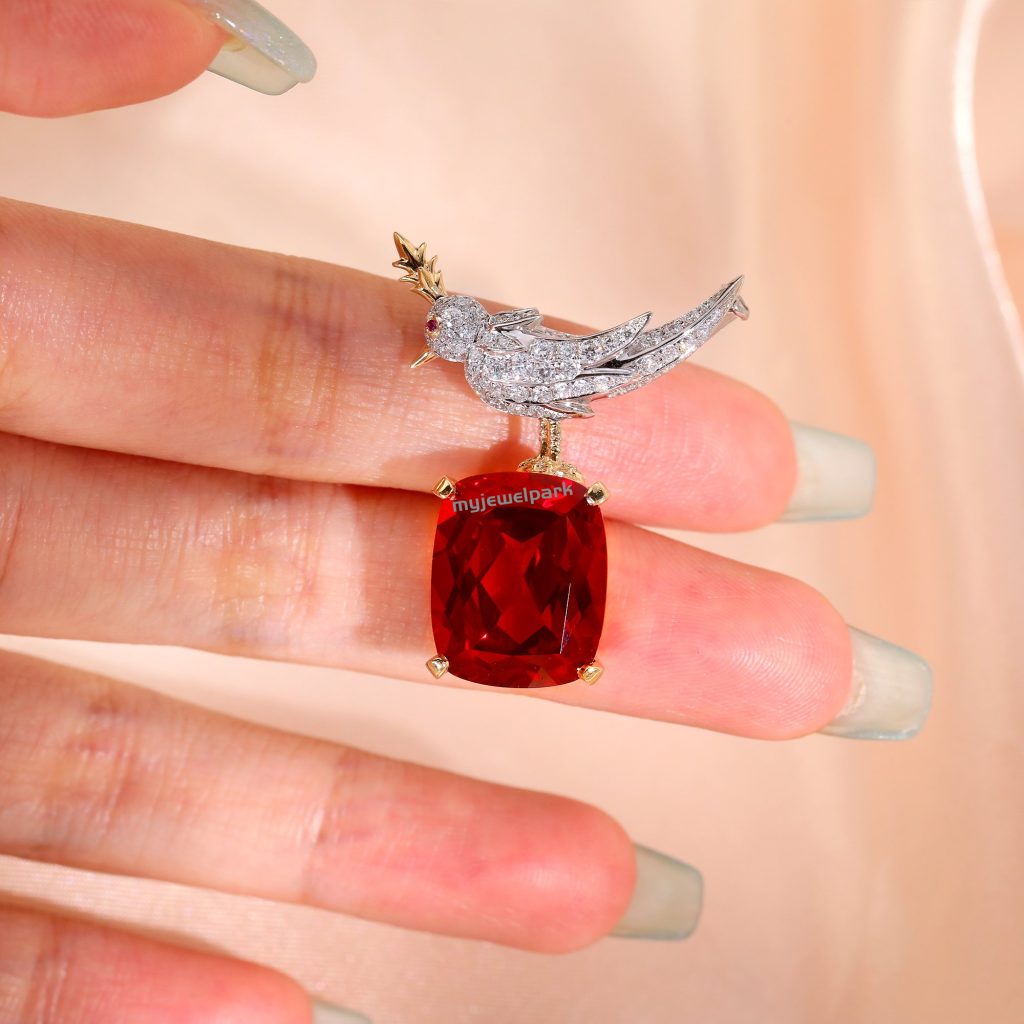
The differences between lab-grown and mined rubies lie in their origin, quality, price, and environmental impact. Understanding these distinctions can help consumers choose rubies that align with their values and preferences. Embark on a journey to discover these amazing rubies, knowing that the choices you make resonate with your jewelry aspirations and ethical beliefs!
About Us
China Luster is one of the largest lab-grown gemstone and gold and silver jewelry manufacturers in Wuzhou, integrating design, production, and sales since 1997 and exporting to all over the world. Focusing on hand-cutting and grinding, with more than 27 years of manufacturing experience. We sell lab-grown quality gemstones and diamonds, customized and set by masters with more than 20 years of experience in fine cutting of natural gemstones. They are relatively cheaper than natural ones and Except of the same. for the lack of a little historical value of natural ones, they are exactly the same as natural ones in physical and chemical properties. event all products 10% discount 👉

